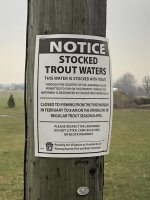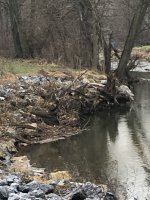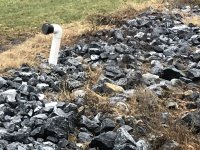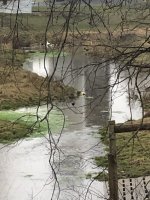Fish Sticks
Well-known member
Somewhat in line with the OP’s observaruons/question of an unknown population, wasn’t there someone from york county who found a little spring trickler with wild native brook trout and he started a thread for it. I forget where that was or if that discovery of brook trout ever got an effort going behind it restoration wise.








